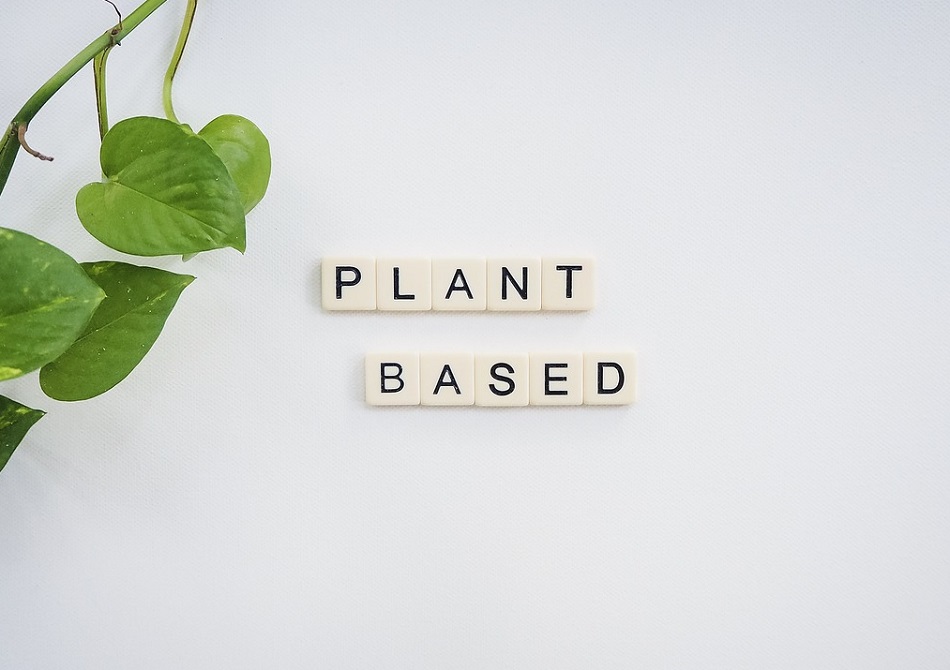Is the vegan diet really better for the environment?

There is a lot of debate about what would happen if the world went completely vegan. Some argue it’s the only way to sustainably feed the world and meet today’s climate change challenges. With current United Nations population projections for the end of the century ranging from just under 9 billion to almost 15 billion people, some say that if we all went vegan, there would be more food for everyone and less exploitation of the land. But is this true, and would it be feasible? Would it be good for the environment? Many studies have answered these questions, and contrary to popular belief, it seems that the environmental benefits of a vegan diet are not as clear as they say.
A vegan diet can feed fewer people
A study by researchers at the Friedman School of Nutrition Science and Policy calculated the human carrying capacity of US agricultural land and compared land use under ten different dietary scenarios, varying in meat and animal product content, using a biophysical simulation model. Among the scenarios analysed, those that excluded animal-based foods were less efficient regarding land management and use. According to the study, land use associated with the vegan diet fed fewer people than land use based on the omnivorous diet. In a paradoxical scenario of 100% veganism, more arable land is needed because the ingredients of the vegan diet are produced with very low efficiency. The carrying capacity of the vegan diet was, therefore, lower than two of the healthy omnivore diet scenarios, requiring more resources to meet the protein needs of the human population, with greater exploitation and depletion of soil organic matter.
The complete and sudden elimination of animal products may not be the most sustainable long-term option for humanity. Without animals, there would also be a shortage of manure as a natural fertiliser for the soil, resulting in greater reliance on chemicals and synthetic fertilisers. The potential for agricultural production is critically dependent on nitrogen availability, which can be delivered as mineral or organic fertiliser. In a study published in Nature Food, the authors developed a model that simulated various production scenarios, five in total, to understand better the theoretical ‘global feeding capacity’ of existing agricultural land, cropland and grassland, using protein as a measure.
Variants explored in the modelled scenarios included different assumptions about nitrogen use efficiency, the allocation of land between cropland and grassland, the amount of livestock produced/animal products consumed, and the extent to which animals were fed on crops suitable for human consumption or grazed on grassland/fed on residues. Under these scenarios, the model suggested that current agricultural land could provide protein for about 8-20 billion people under industrial fertilisation and about 3-14 billion people under organic fertilisation. In all scenarios, agricultural production based on no competition between animal feed and human food can potentially feed the most people. However, this is not the case in a vegan scenario because some food is obtained by raising livestock on grassland that is unsuitable for crops and food residues.
Three different scenarios
In the industrial fertiliser scenarios, the diet that maximises feeding capacity for 20 billion people contains an average of 15% animal protein as a proportion of total protein intake, compared with 35% today as a global average and 55% in affluent countries. In the organic scenario, global feeding capacity is maximised at around 20% animal protein in the diet of 13.90 billion people. Assuming lower nitrogen use efficiency in crop production and lower yields than in the organic scenario, the minimum share of animal proteins in the diet is 35%, and the maximum population that could be fed is 7.4 billion. Assuming a vegan diet, with no consumption of animal proteins, the feeding capacity falls to 17.4 billion people in the industrial fertiliser scenarios, which is 11% below the estimated maximum of 20 billion, and to 6.6 billion in the organic scenario, the lowest figure obtained.
So, the vegan scenario can’t feed as many people, and it’s not the most efficient. For all scenarios, the capacity of agriculture to feed the human population will be contingent on nitrogen use efficiency, making this a key priority. It is important to remember that animals are needed to recycle nutrients and increase nitrogen use efficiency in the soil. Livestock farming plays a crucial role in keeping the soil fertile and healthy. It allows a natural balance to be maintained in which animals are perfectly integrated, guaranteeing the protection and care of the soil, biodiversity, landscape and hydrogeological safety. Furthermore, regenerative agriculture is a holistic approach closely linked to livestock farming since livestock farming makes it possible to reduce the use of fertilisers, thanks to the animal manure that fertilises the soil, restoring the soil’s natural capacity to absorb CO2 emissions and combating desertification. For this reason, an animal-free vegan scenario is not the best option for the planet, as the integration of crop and livestock systems appears to be an essential element in addressing sustainability challenges.